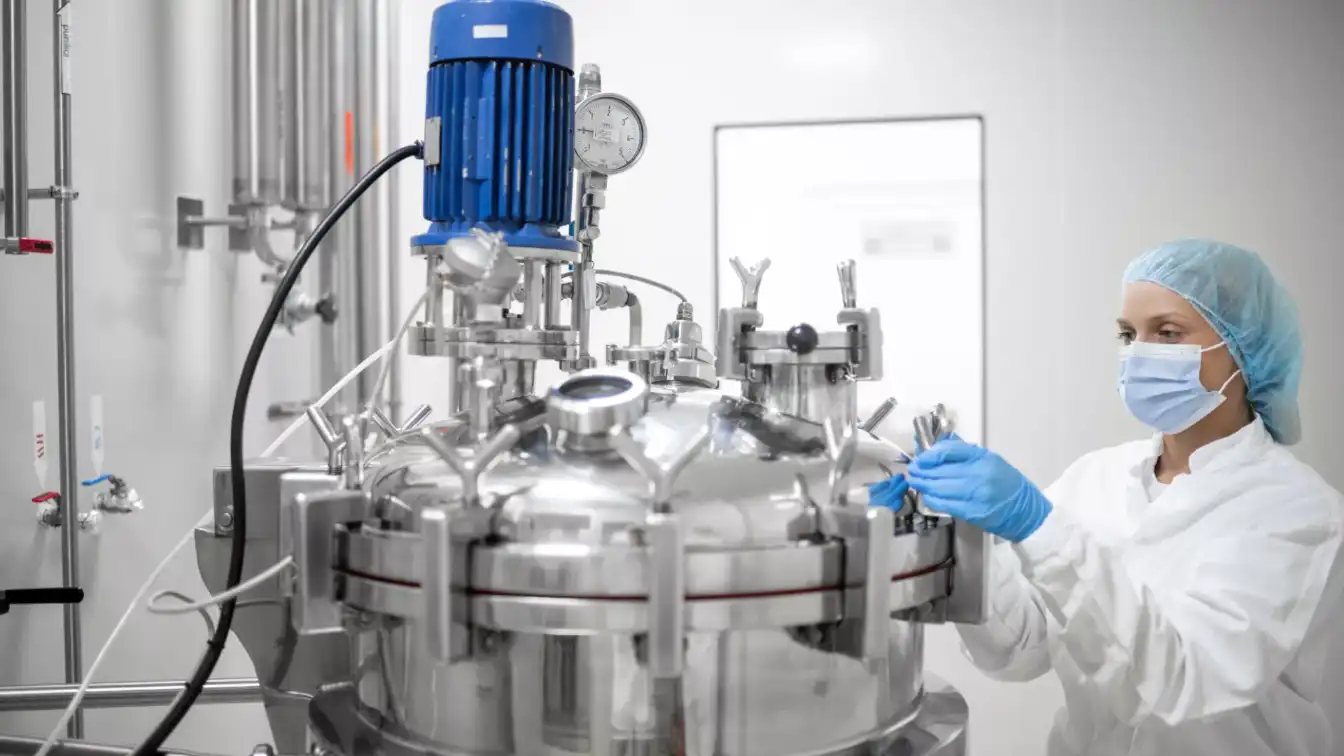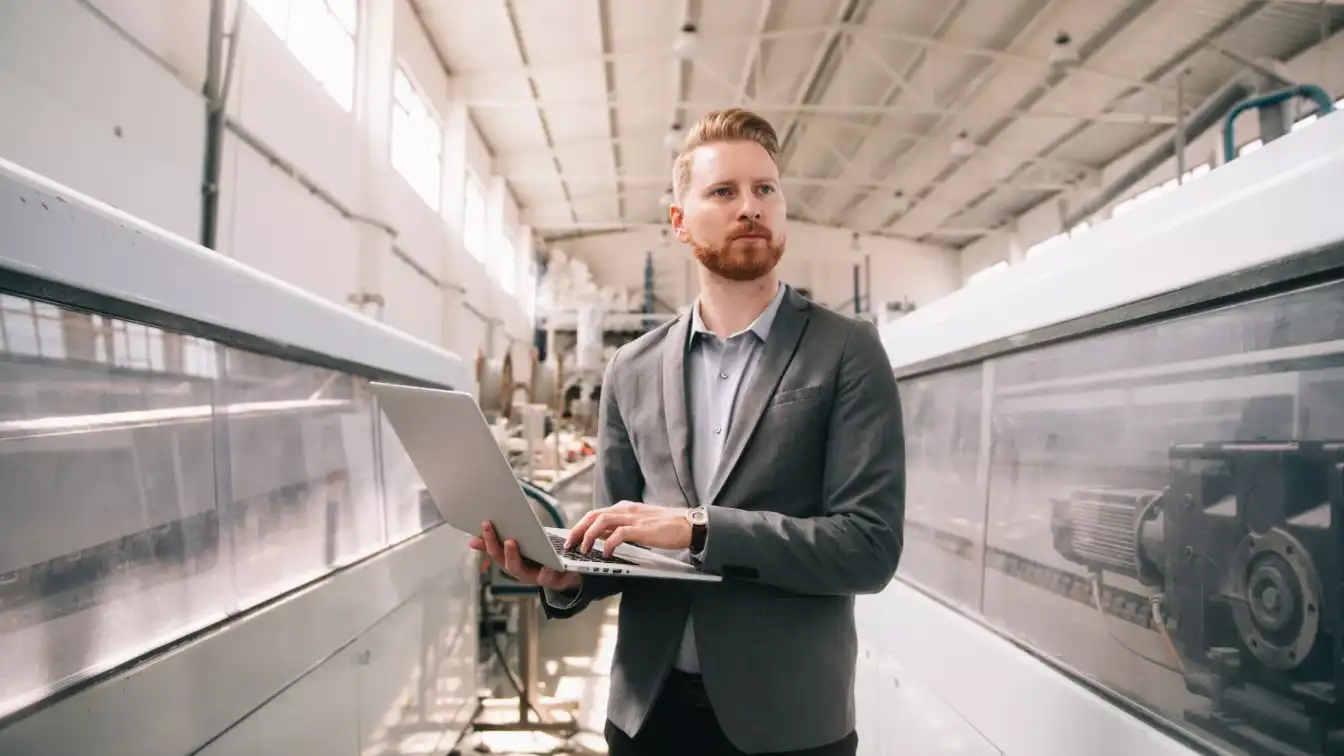
As the world becomes increasingly conscious of the environmental impact of industrial activities, organizations across various sectors are striving to adopt sustainable practices. The pharmaceutical industry, in particular, plays a vital role in public health, but it is also under pressure to reduce its ecological footprint. One powerful approach proven to help pharmaceutical facilities achieve both operational efficiency and green accreditations is lean manufacturing.
In this blog post, EviView CEO, Karol Dabrowski, explores the connection between lean manufacturing and green practices in the pharmaceutical industry, the challenges of implementing lean solutions, and the benefits of adopting this approach.
Although the idea of lean was first introduced in the 1450s by Henry Ford, Toyota is the most common name we associate with lean principles. Inspired by Ford’s production flow concept, Toyota created the ‘Toyota Production System’ in lean principles after World War II. The novelty about Toyota’s approach is its focus on the whole process and not just the machines themselves. A set of principles and practices focused on reducing waste in processes, improving efficiency, and maximising value for customers, lean manufacturing was designed to enhance overall productivity.
Ever since the introduction of new regulations in the pharmaceutical sector, which eliminated the lengthy testing requirements for producing generic drugs, competition rates have soared.While in 1983, only 35 percent of the top-selling drugs with expired patents had a generic competitor, this rate has risen and is closer to 100 percent nowadays. Generic versions emerge virtually quickly when a brand-name drug’s patent expires. Consequently, pharmaceutical companies find themselves in intense competition with generics and biosimilars and industry watchers forecast that from 2023-2030, the industry’s top drug companies will lose more than $200 billion.
The biopharma industry is expected to face a number of high-profile patent cliffs between now and 2030, which are likely to reshape the market. As several prominent brands in the US and Europe prepare to lose market exclusivity and encounter competition from generics or biosimilars,the need for finding ways to reduce costs and invest in R&D becomes even more latent.. Consequently, the adoption of lean practices has become crucial for manufacturing facilities, enabling companies to identify waste and address manufacturing process issues that could affect profitability. Furthermore, as lean manufacturing tools and processes continue to evolve, notable trends are emerging, including a growing emphasis on sustainability, digital transformation, and the advent of IoT 5.0.
Considered one of the biggest trends in lean manufacturing, sustainability has been a recurrent agenda item in the sector. Deloitte’s ‘Embedding Environmental Sustainability into Pharma’s DNA’ report outlines that the pharmaceutical industry’s participation in environmental challenges is multidimensional, having ramifications for the whole product value chain. However, most companies likely underestimate the size of the challenge, given the inherent complexities of the industry. Beyond simply promoting sustainable practices, pharmaceutical companies now face the need to take accountability and undergo a fundamental transformation through evidence-based improvement initiatives.
The application of new processes, techniques, and technologies to reduce the environmental impact of industrial operations while maintaining or enhancing economic performance is what sustainable manufacturing entails. Green accreditations like LEED certification and ISO 14001 environmental management systems serve to recognize and reward organizations committed to sustainable practices. These certifications frequently require businesses to achieve specified standards for energy use, waste management, and resource efficiency, goals that align well with the principles of lean manufacturing.
Lean manufacturing and green practices share a fundamental objective: to eliminate waste and optimize resource utilization. By implementing lean principles in pharmaceutical facilities, organizations can address various environmental challenges associated with their operations. Here are some key connections between lean manufacturing and green practices:
Process Optimization: Lean manufacturing emphasizes continuous improvement and process optimization. By eliminating bottlenecks, unnecessary steps, and redundancies, pharmaceutical facilities can streamline their operations, reduce energy consumption, and minimize waste generation.
While implementing lean solutions can bring significant benefits, pharmaceutical facilities may face certain challenges in the process. These challenges include:
Although many pharmaceutical companies recognize the importance of implementing lean manufacturing practices to achieve green accreditations, their attempts to adopt lean principles have often fallen short due to a lack of structure and inadequate support. Despite investing in training, without a solid framework in place, lean processes become unsustainable and can descend into chaos.
Sustaining lean processes and fostering a culture of continuous improvement require the right tools. While the concepts of lean are understood, it is often a struggle to implement them effectively when everyone is already overwhelmed with their workload. This is where digital transformation comes into play, offering solutions that empower pharmaceutical facilities to manage and control manufacturing processes more accurately.
By embracing digital transformation and utilizing tools like EviView, pharmaceutical facilities can bridge the gap between lean manufacturing principles and practical implementation. These tools enable real-time data collection, analysis, and visualization, allowing for better decision-making and proactive problem-solving. With accurate and timely information at their disposal, pharmaceutical facilities can identify bottlenecks, optimize workflows, and make informed adjustments to improve overall efficiency and reduce waste.
Despite the challenges, adopting lean manufacturing principles offers numerous benefits:
Lean manufacturing provides a powerful framework for pharmaceutical facilities to improve their operational efficiency while also advancing their sustainability goals.By adopting lean principles, these facilities can minimize waste, optimize energy and resource consumption, improve product quality, and ensure compliance with environmental regulations. The reduction in environmental impact achieved through lean manufacturing not only benefits the planet but also enhances the reputation and competitiveness of pharmaceutical organizations in an increasingly eco-conscious world. As the industry continues to evolve, embracing lean practices will be essential for pharmaceutical facilities to reach their green accreditations and contribute to a greener future. As more companies recognize the benefits of combining lean and green approaches, they are poised to make significant strides toward a more sustainable future and thrive even during another patent cliff.
If you want to know more about EviView and how we can support you in implementing lean manufacturing and continuous improvement practices, reach out to a member of our team today.

Standardization plays a pivotal role in enhancing operational efficiency across industries. In the manufacturing sector, data standardization is crucial for…

Imagine a factory floor bustling with activity, but not just machines in motion. Data flows seamlessly, painting a clear picture…

The manufacturing landscape is awash in data, a torrent of information flowing from diverse sources – legacy systems, cutting-edge technology,…
Get monthly updates to know how you can improve process performance and drive efficiency within your existing organisation.

